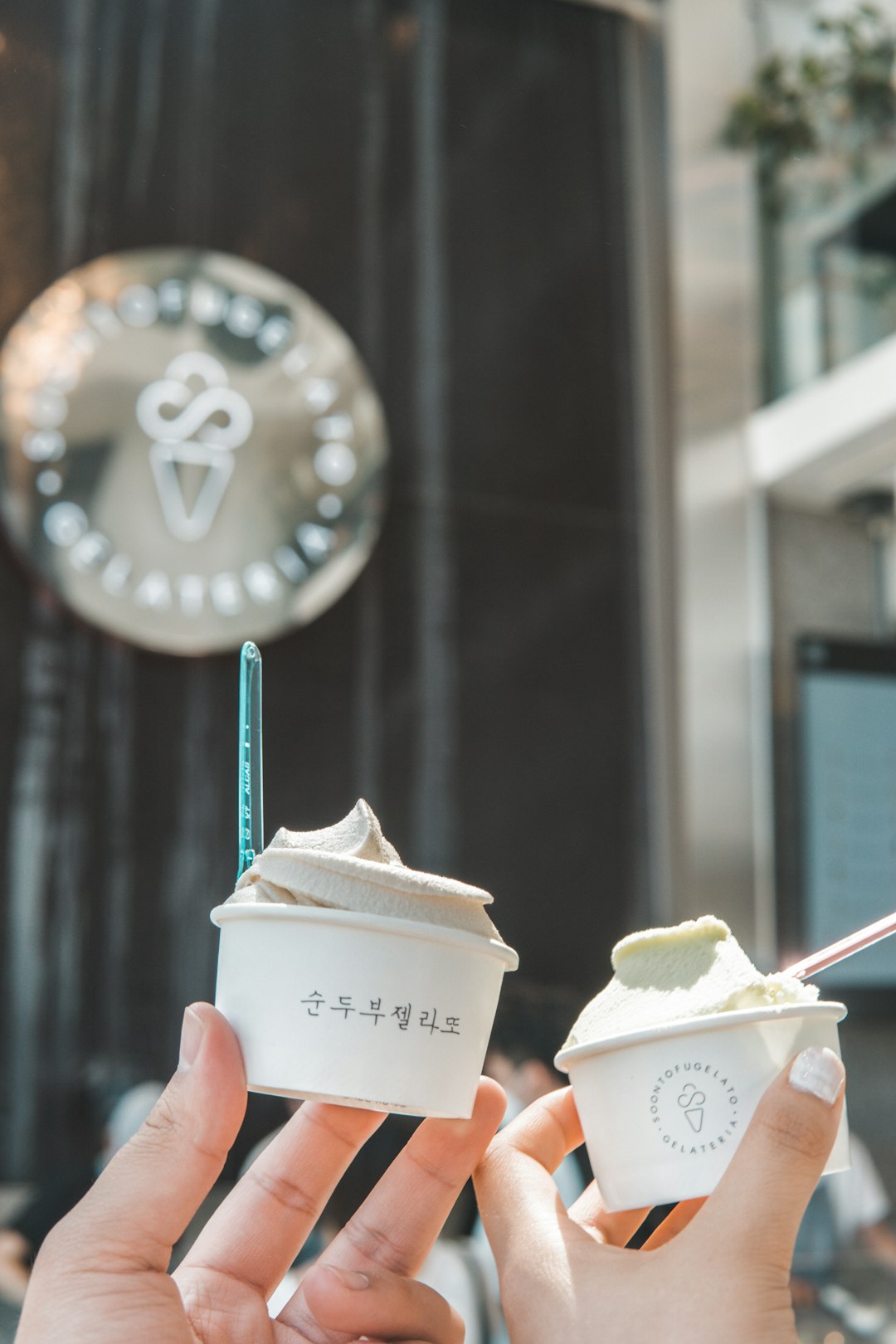Sundubu jjigae
The spiciness of the broth is a defining characteristic of Sundubu jjigae, with frequencies ranging from mild to incendiary. At its core is a flavourful seafood or anchovy stock, enhanced by the fragrant aroma of garlic and other herbs and spices. Once this spicy base has been established, the cook has carte blanche to add whatever ingredients they deem appropriate to make the Sundubu jjigae their own.
Vegetables are the foundation of the stew, imparting the mix of textures and tastes: mushrooms, carrots, onions, and peppers all add their own unique flavour to the pot. Of course, the stew wouldn't be complete without its namesake ingredient, soft tofu. For added protein, seafood and pork are popular choices for Sundubu jjigae, but variations of the dish also feature different types of meat according to one's preferences.
Once a boil has been reached, the finishing touches can be carefully added to the bubbling cauldron. Grabbing a ladle and tasting the stew as it simmers is often an integral part of mastering Sundubu jjigae. With just a few tweaks, the cook can balance out the flavour and achieve the desired spiciness in their stew. A final stir and a sprinkle of seasoning, and the Sundubu jjigae is ready to be served.
One glimpse of the steaming pot of Sundubu jjigae is enough to make anyone salivate. For a comforting, intense flavour experience, look no further than this quintessentially Korean dish.
Sundubu jjigae recipes
Amazing Sundubu jjigae recipes sourced from the web.
The origin of Sundubu jjigae
Sundubu jjigae is a dish with its roots deeply embedded in the history and culture of South Korea. This incredibly popular stew has been around for centuries and is said to be originally from the Gyeongsang region. It features a unique blend of red pepper and garlic, making it a delightfully tasty combination.
The origin of Sundubu jjigae is somewhat shrouded in mystery, but one popular story has been passed down by locals. It's said that the dish was first created by a royal court chef during the time of the Goryeo Dynasty, who was trying to find a new way to prepare tofu. This inventive chef then decided to combine it with vegetables, seafood, and spices to make the very first iteration of Sundubu.
What makes Sundubu jjigae so uniquely delicious is its signature soup base, which usually consists of anchovy broth and fermented soybean paste. Traditional Korean cuisine often relies heavily on fermentation and other techniques to create complex-tasting dishes. This is something that Sundubu jjigae does particularly well, as it has an amazing depth of flavor.
No matter where it originated from, Sundubu jjigae has certainly found its way into the hearts and stomachs of many South Koreans and beyond. Everywhere from humble roadside stalls to luxurious restaurants offer up this hearty and belly-warming stew, which is sure to kickstart anyone's day. All that's left to do is grab a spoon and enjoy!
Types of Sundubu jjigae
Sundubu jjigae is a delectable Korean dish that has won over legions of fans around the world. Its hearty components, comforting spiciness, and savory flavor make it a favorite for many. It's one of those dishes that can be enjoyed any time of the year, no matter the weather!
At first glance, you might think there’s only one type of Sundubu jjigae. But in reality, there are several variations available. Each style provides unique flavors and textures that can be a wonderful surprise to any palate. Here’s a closer look at some of the different types of Sundubu jjigae.
The most popular style of Sundubu jjigae is the classic version. This traditional stew is made with silken tofu, vegetables, and seafood, along with a spicy chili pepper-based broth. The combination of these ingredients creates a flavorful yet light stew that pairs well with steamed rice. The key to making this classic version of Sundubu jjigae is to perfect the balance between mild and spicy flavors, allowing each ingredient to shine on its own while also adding complexity to the overall dish.
For a more substantial version of Sundubu jjigae, there is Budae jjigae. This rambunctious version of the dish includes chunks of cheese, kimchi, sausage, ham, and other processed meats, all simmered in a spicy broth. The salty flavors and slightly chewy texture of these ingredients provide a delightful contrast to the delicate silken tofu.
If you prefer something with a milder spice level, you can try Godeungeo jjigae. This variation of Sundubu jjigae features mackerel as the featured ingredient, along with silken tofu, mushrooms, and sweet peppers. Unlike the classic and Budae versions, Godeungeo jjigae has a much lighter broth, making it a great option for anyone wanting something less intense.
For vegan diners, there’s Doenjang jjigae. This tasty stew is made with fermented soybean paste (doenjang) and silken tofu, along with mushrooms, onions, and carrots. The earthy, umami flavor of the doenjang combines wonderfully with the subtle sweetness of the vegetables and tofu, creating a comforting vegan dish that is sure to satisfy even the pickiest eaters.
No matter which type of Sundubu jjigae you choose, one thing’s for sure: you’re in for a treat! This comforting stew is packed with nutritious ingredients and delicious flavors that can be enjoyed anytime. So go ahead and get creative with your Sundubu jjigae – you won’t regret it!


